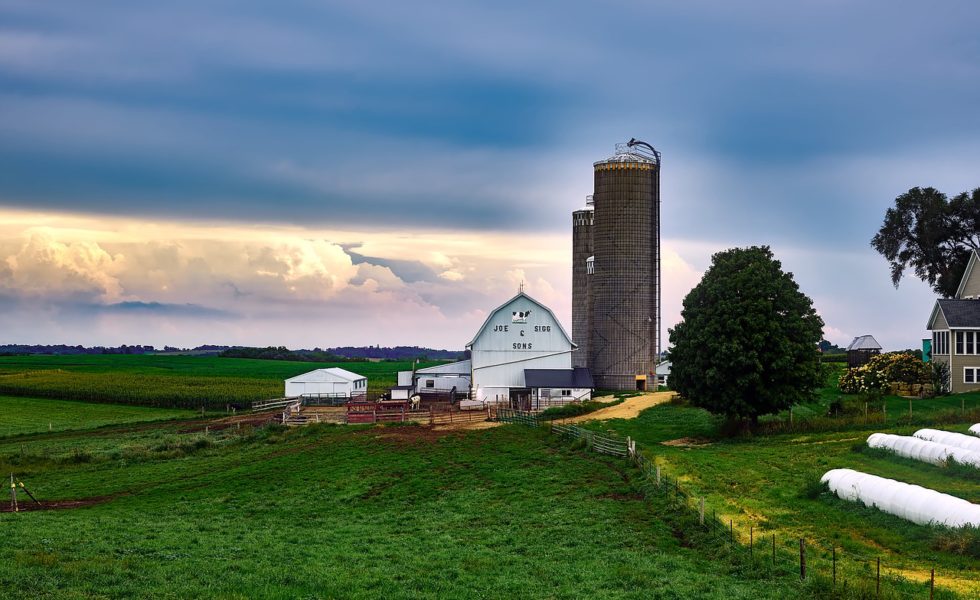Public Investment Needs to Return Public Good
Posted on July 23, 2020

If the ill-tempered and deadly first half of 2020 had been a first-calf heifer on the dairy farm of my youth, my father would have ticketed it for the freezer a month ago.
His yardstick of heifer potential was short: If she lived up to her breeding, she was a “keeper;” if she “put more on her back than in the bucket,” she was a “goner.”
We can’t get rid of 2020 by backing up the truck to the loading chute. It’s here, we’re here, and we’re in this awful mess together.
We can, however, be honest about what today’s numbers mean for its second half. We can then use those guesses to make changes that will help everyone survive 2020 for a hopeful, better 2021.
Let’s start with the hard facts: The coronavirus’s deadly comeback has undermined every public and private effort to restart the broader U.S. economy and the more focused U.S. ag economy. Worse, we’re far from a possible peak to even estimate when either can restart.
In fact, according to numbers cited June 29 by Dr. Scott Gottlieb, the Food and Drug Administration’s former commissioner, the current wave’s “total predicted infections” will reach “3.8 million… [under] the best case scenario” by mid-August. That’s 1.3 million more cases than now.
And that’s only if everything goes right—people stay home, mask-wearing becomes universal, and testing is ramped up to track and contain outbreaks.
If we don’t—and we aren’t—new cases soon could rise by 100,000 per day, not today’s 40,000, Dr. Anthony Fauci, the nation’s top infectious disease expert, told the U.S. Senate June 30.
There was other big-number news June 30. The U.S. Department of Agriculture’s (USDA) June Acreage Report estimated 2020 U.S. corn acreage at 92 million, or five million acres less than its spring forecast.
December corn futures spiked 25-cents higher on the news, leaving prices at $3.75 per bushel, their highest point since March 9.
USDA also estimated a smaller-than-expected soybean acreage for 2020. The news pushed new crop soybean futures up to near $8.90 per bu., their highest price since early-March.
Neither piece of news was anything to shout too loudly about, though. New crop corn futures, even after the rise, remain a solid 25-cents per bu. lower than when 2020 began and new crop soy futures are nearly 80-cents per bu. lower than their January 1 price.
As such, one market sage suggested on Twitter shortly after the USDA report, “Don’t confuse a bullish report with a bullish market.”
And don’t forget, livestock prices are so far into the tank no one can see the tank. Cattle futures are $25 per cwt. less now than in January and hog future are, well, fried bacon—$40 per cwt. below, or about half, what they were at the year’s start.
Add up the outlook for these four, key ag commodities, then stir in the estimated, record $32.8 billion in direct government payments from Uncle Sam, and you still don’t have a recipe for success even if the pandemic is contained now.
What can be done?
First, if Congress wants to send farmers and ranchers more aid, fine, but tie a large share of the aid to 2021 acreage cuts so smaller crops boost market prices to do some of the heavy lifting, not just American taxpayers.
Take the same approach with food aid. Pour new billions into SNAP, school lunch programs, home-delivered meals, overseas food aid and the like so today’s rising waves of needy people can buy food from local outlets that will generate jobs, tax revenue, and hope at the grassroots level.
Do the same for long under-funded, on-farm soil and water conservation efforts; require acreage cuts for conservation dollars. Every dime invested in rural clean water programs now will save dollars a decade from now.
Besides, taxpayers have a right to expect public good for their public investments. Currently, all they’re getting is more corn, more soybeans, more corporate hogs, and more heartache.
And start now. Change is coming; we can harness it or be harnessed by it. The choice is ours and it’s getting late.
© 2020 ag comm
Share This